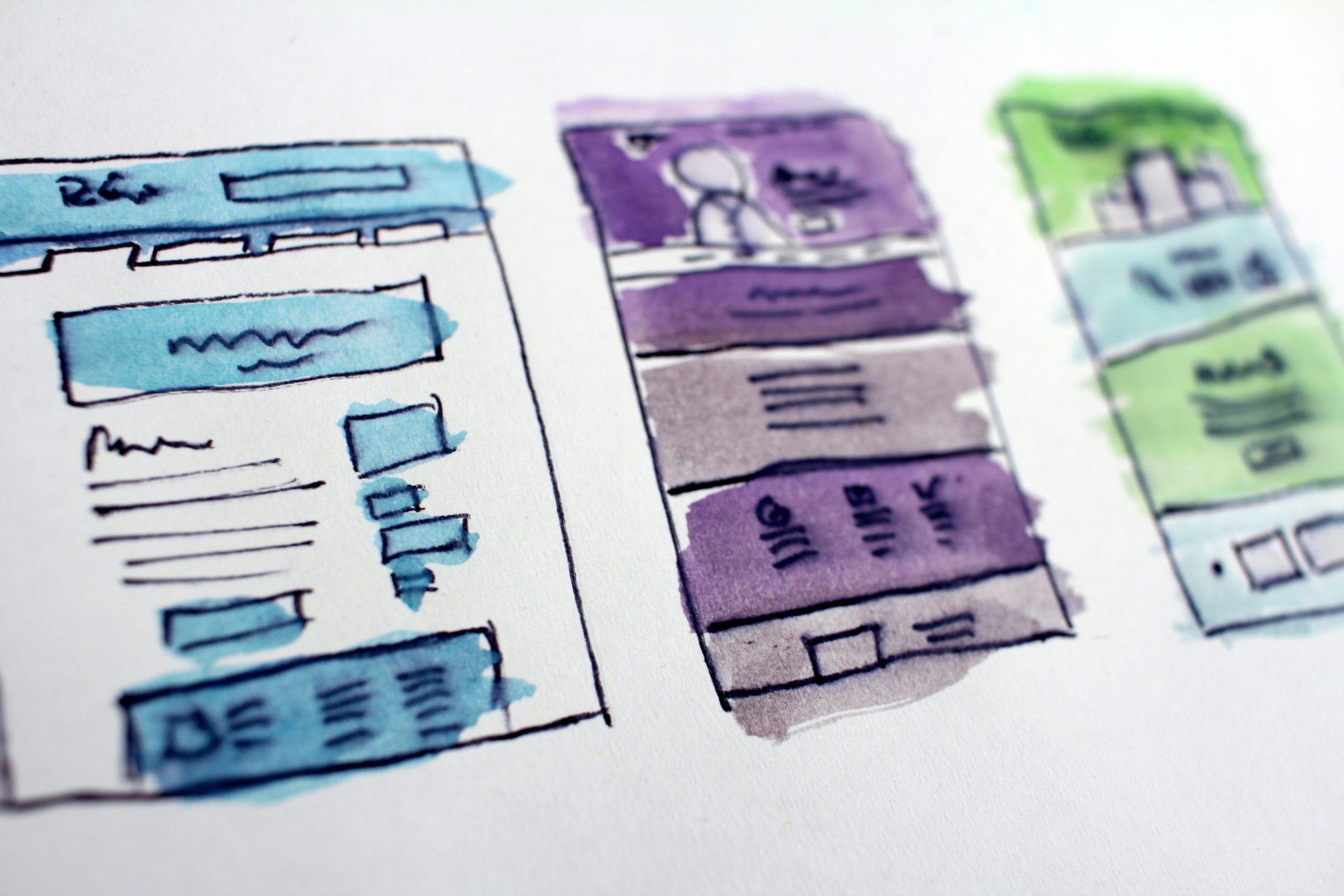Three factors for a successful corporate newsletter
 Newsletters continue to be an underrated communication tool – we learned why in the last article on corporate newsletters. Here, we’ll take a look at some factors communicators should consider when implementing newsletters for successful communication.
Newsletters continue to be an underrated communication tool – we learned why in the last article on corporate newsletters. Here, we’ll take a look at some factors communicators should consider when implementing newsletters for successful communication.
Connect with Stefanie Soehnchen on LinkedIn
The list of possible optimization factors is indeed very long. Here we will pick out three basic aspects that, taken together, can make a big difference in the professionalism and performance of the corporate newsletter.
1. The subject line
In every newsletter tool – no matter if it is free or a paid variant – it is possible to give each newsletter campaign its own subject line (or “subject line”). This is the text that readers will see in their email inbox when the newsletter arrives.
The right wording can play a significant role in determining whether someone opens the email or deletes it immediately without reading it.
In fact, there is no one-size-fits-all template that works equally well for all companies and brands. Whether a subject line encourages people to open it depends on who my target group is and what they expect from the newsletter.
If it is intended to provide information about products, readers may expect a summary of the products included. If it is more about content marketing, the added value (“What will I get out of reading this newsletter?”) should be clear in the subject line.
If you are more interested in “knowledge transfer”, you can also include keywords one after the other for the texts contained in multi-topic newsletters. For some target groups, subject lines containing emojis work particularly well.
As you can see, some trial and error may be required. If you know your digital personas and have aligned your content strategy with them, you have a good idea where to start experimenting.
2.User-friendliness
Optimizing the newsletter for user-friendliness (or “user experience” / “UX”) is greatly neglected by many companies. Often, a design is created along corporate design lines without checking it for UX (and accessibility).
This can result in too few call-to-actions or buttons being placed in the wrong places, or in content not being presented in a way that is immediately obvious to the user and thus leads naturally to the desired interaction.
Because the basic consideration of “What do I actually want the user to do? And at what point? And with what result and goal?” can have a major impact on the design and content selection and structure.
This starts with the naming of the call-to-action buttons, continues with the color design of the elements that guide the eye through the newsletter, and extends to the use of visual separators that emphasize importance and differences.
That extra expert look at the usability of my newsletter design can make the difference between readers making it to my last piece of content in the mail or not.
3. Content marketing
For companies that do not want to send out pure e-commerce newsletters, but are rather in the loyalty phase of the customer journey, newsletters with a content marketing focus are a good choice.
In concrete terms, this means that reputation-building elements such as articles, webinars, white papers, etc. are extended or additionally marketed via the newsletter. Of course, the content marketing approach does not exclude product placements.
In fact, the “pull principle” that is applied here is primarily about what the reader gets out of our newsletter.
This means, for example, that product placements are formulated in such a way that the added value and relevance for the reader is emphasized in the teaser text and not simply brittle parameters are rattled off.
If you then follow the 4-1 rule – give four times, then only take – you can also use content marketing to communicate in a way that supports sales. If we first give readers something relevant four times for nothing in return and only place sales content the fifth time, it is much more likely that they will respond to us with openness and interest.
Of course, factors such as the time of dispatch, data hygiene, image selection and the target group-specific composition of the content also play an important role.
For business-relevant communication content like this, why not sign up for our newsletter “FleishmanHillard Quarterly”, follow FleishmanHillard Germany on LinkedIn or Twitter, get to know our team on Instagram or visit our YouTube channel.
Find Out More
-
Why we tell the truth
May 23, 2022


